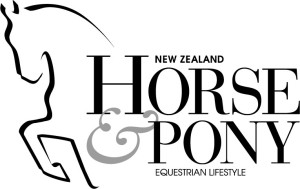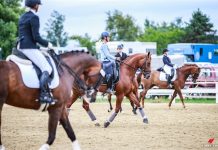
If life is a journey, then Bruce Goodin has travelled further along its winding road than most. From growing up on a north Waikato farm, he was just 18 when he won New Zealand’s most prestigious show jumping prize, the Olympic Cup at the Horse of the Year Show, and not long after headed to Korea to groom at the 1988 Seoul Olympics; his first encounter with the top echelons of the sport.
“At that point, I knew this was what I wanted. I don’t know if I thought that I could make a living out of it though – I hadn’t worked that out.”
His quest took him, inevitably, to Europe, where he started off based with Mark Todd in England, before moving to Holland, then to Belgium where with the help of some New Zealand friends, he set up a business producing horses for the American show hunter market. There was a decade in Sweden, dealing and training, and a rewarding stint in Spain. There were brushes with royalty: Bruce was the trainer of Norway’s Princess Martha Louise for two years, and the two were rumoured to be romantically involved. He later worked for Saudi Princess Lama Bint Turki Al Saud in Barcelona.
In between, there were four Olympics – Bruce is New Zealand’s most capped show jumper, having competed at Barcelona (1992), Sydney (2000), Athens (2004) and Beijing (2008).
It all reads like an exciting, glittering and thoroughly fabulous lifestyle, but though financially successful, it was ultimately unfulfilling.
“It wasn’t fulfilling in the sense that I wasn’t developing my skills as a horse trainer or a horseman. And that was what I wanted to be: a better horseman, and in the end, a better competitor.”
Then while on the Sunshine Tour in Spain a couple of years ago, he met Danish show organisers and breeders Glen and Kartni Nielsen and felt such a connection that he gave up his lucrative post with the princess in Barcelona to move yet again, with his wife Ulrika and their daughter Elizabeth (5), this time to the Danish island called – coincidentally – Zealand.
“Belgium was fun, Spain was fun, but it never felt like home. To me, Scandinavian and New Zealand people are quite similar in how they interact, in their values and in the way they appreciate nature. There’s a certain ethic us Kiwis can relate to. I’d decided that if I was going to stay in Europe, I needed to live somewhere that felt like home to me. The people here, they have more time for each other, they are more liberal generally.
“And ultimately, I want to train horses to the highest level, and Denmark feels like it could be home. I like the atmosphere, and what we’re getting done. There’s a lot of enjoyment working with the quality horses and people here, and it’s lots of fun. I’m happy here.”
An enviable base
The Nielsen family run the Riders Cup, a jumping competition and training facility near Ringsted which runs shows right up to international level, as well as a professional barn that offers breeding, sales and training of horses, and rider coaching.
There are around 50 horses on the property, and what a property it is, with a huge, fully insulated and heated 80m by 32m indoor school, and an equally stunning outdoor arena which has the Tybjerg Forest as a breathtaking backdrop. The loose boxes are airy, light and with an appreciably cool Scandinavian design.
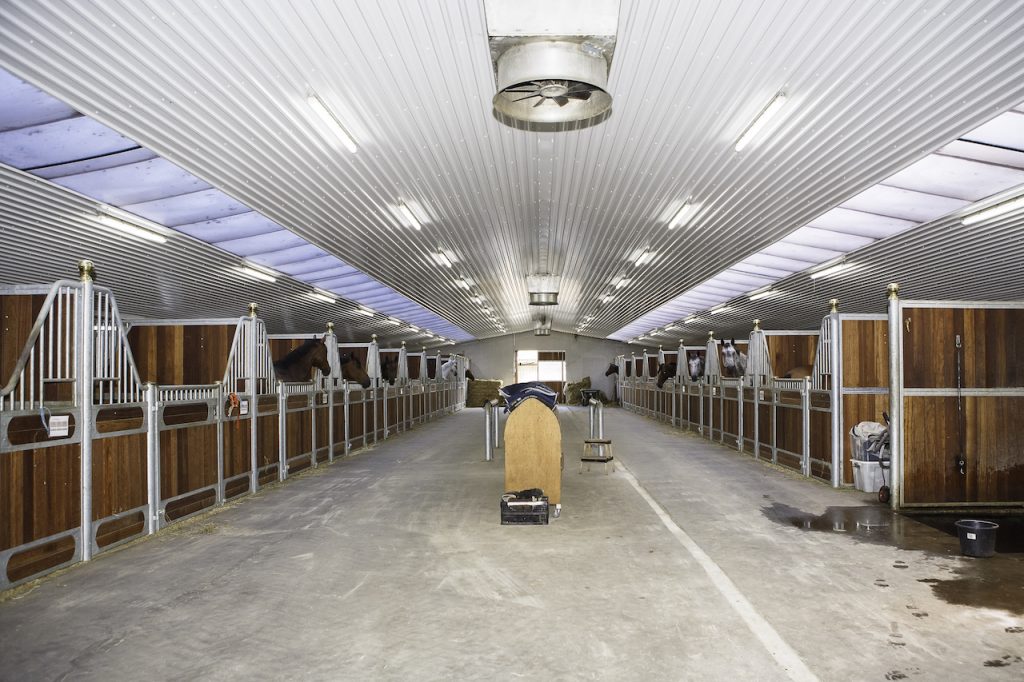


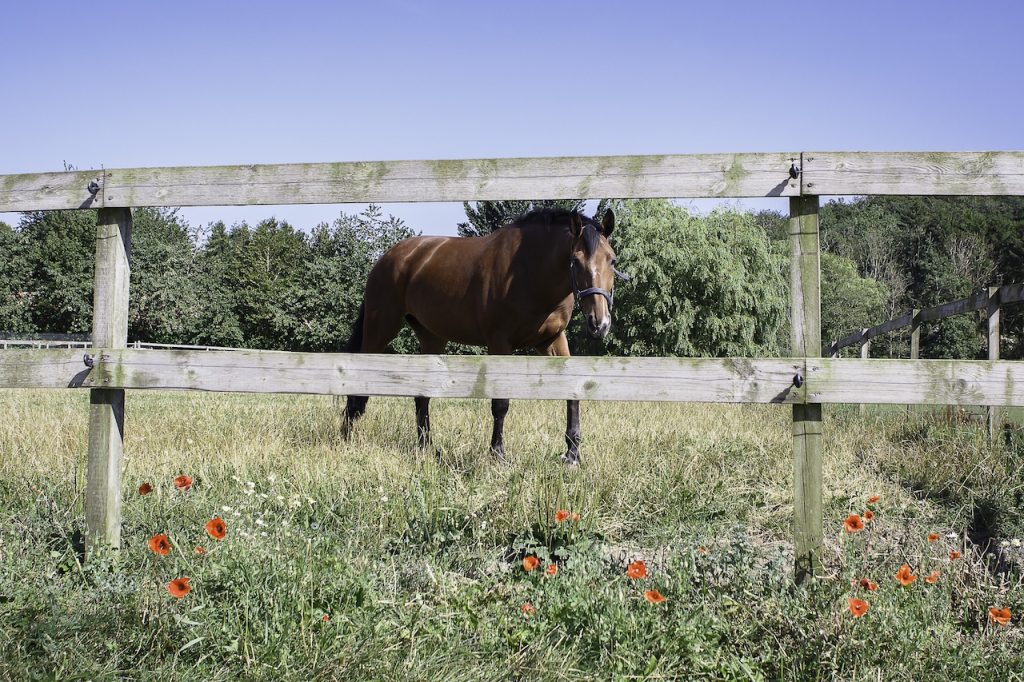
There’s plenty of turnout space for the horses, and the most stunning hacking out imaginable.
The winters may be long and dark, but with a set-up like this, it’s an enviable base for Bruce and Ulrika, who is also a top show jumper and who has represented her homeland of Sweden. Fellow New Zealander Amy Collinson is also based here, having moved to work for Bruce and Ulrika after a stint working for Samantha MacIntosh.
There are around 30 horses in work, so it’s a busy, busy life for the couple. A typical week would see Bruce at home Monday and Tuesday, and perhaps a part of Wednesday. There are three- or four-day shows all year around, so allowing for travel he’s away the rest of the week.
“That’s the hardest aspect of it – spending so much time away from home,” says Bruce. “We try to manage so Ulrika and Elizabeth can come to shows with me as much as possible, but they don’t want to do that all the time.”
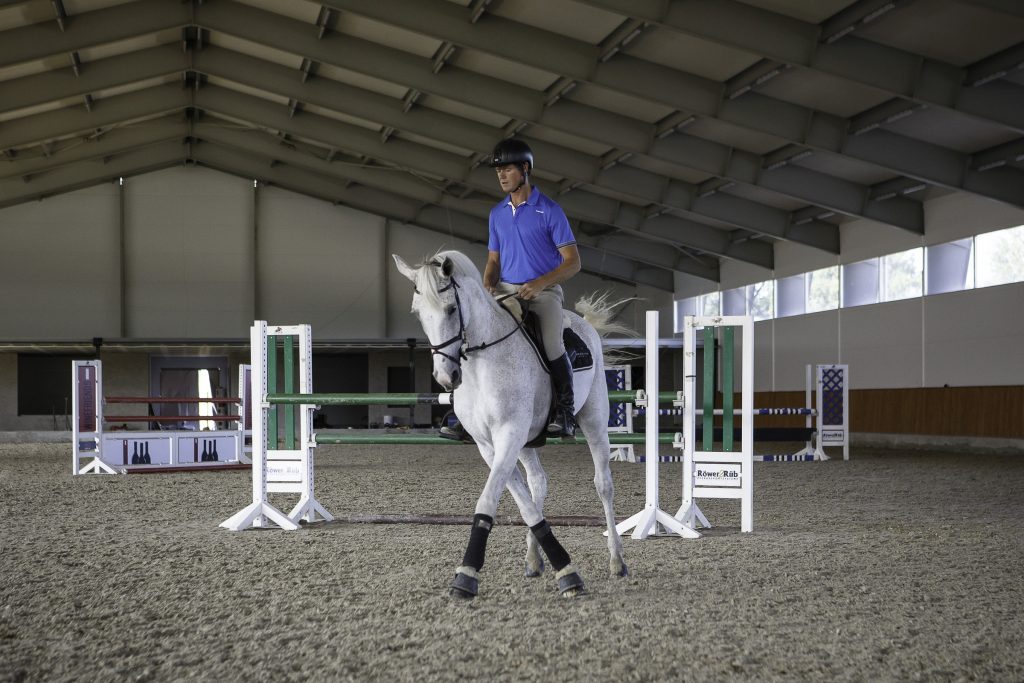
At least having been on the European circuit for such a long time, Bruce is deeply immersed in the scene there. It wasn’t always this way. In the beginning, he candidly admits, being a monolingual dairy farmer’s son from Te Kauwhata wasn’t easy in the infinitely more sophisticated world in which he found himself.
“It was hard for me to find acceptance. When foreign riders come to New Zealand, everybody cares about them… asks them over to their truck for a drink if they look a bit lost… makes sure they are having a good time.
“That’s not going to happen over here, and that was a big struggle for me. I wasn’t that outgoing, so I found it pretty difficult in the beginning. On the other hand, it was exciting, so I stuck at it and, bit by bit, I became more accepted.”
It doesn’t help, of course, that he still can only carry out conversations in English.
“I’m totally useless,” he laughs. “It’s actually laziness. All the countries I have lived in, apart from Spain, they have all spoken really good English.”

At 47, Bruce feels he is just starting to come into his prime. He’s lucky, he says, that he chose a sport in which athletes can achieve at the highest levels well into their 40s, 50s and beyond. “I think my best is still to come. I’m a lot more stable in my life now, and it’s easier for me to concentrate on the things I need to do to be really successful.”
He smiles broadly when he’s asked what his ultimate goal is. “To be the number one in the world!”
Of course to be number one means having a string of superb horses on your team, and Bruce believes his current line-up is all that. His top mounts are the 13-year-old grey Oldenburg mare Centina 10 and 11-year-old Cayenne 175 (both owned by Glen Nielsen), with 10-year-old Freestyle 39 (owned by Stall Kochs) not far behind. All three were named with Bruce on New Zealand’s show jumping High Performance squad.
“I’m very fortunate to have three world-class horses at that 1.60m level, and now my immediate goal is to get my world ranking up as high as possible, ideally in the top 50.”

As Bruce is at pains to point out, jumping on the European circuit is not like show jumping in New Zealand, where a clear round in a Grand Prix class of perhaps a dozen will often be enough to win. In Europe, there might be 50 or 60 in a Grand Prix, and all of them will be serious contenders.
As Bruce says, it’s about the tiniest of tiny margins, and in order to succeed, you can leave nothing to chance. It’s the opposite of the ‘she’ll be right’ Kiwi psyche, and Bruce says he is learning to take a much more academic approach to the sport, and looking at the overall picture including both his own physical and mental fitness.
It’s not something riders usually focus on, instead concentrating on the fitness and training of their horses. It goes without saying that Bruce keeps his horses in prime condition, but says that, until recently, he didn’t treat himself with the same level of utmost care.
“It’s all pieces of the puzzle. You have to look the whole…. it’s, did I have that rail down because I wasn’t accurate and didn’t react as quickly as possible, and was that mentally or physically?” he explains.

Last year, Bruce began working with Swedish sports psychologist Andy Sward, who among his credits helped the previously unheralded Saudi Arabian show jumping team to a bronze medal at the London Olympics.
It’s something Bruce had contemplated for a while. “I know I am fairly strong-minded competitively, but also that there were a lot of areas in which I could upskill myself. I wanted to know how to prepare myself better, so things didn’t happen just by chance.
“It’s about understanding your own personality, and those of the people around you and who effect you in certain ways, and how you deal with that and make that work better for you.”
Bruce firmly believes that equestrian sport as a whole can learn a lot from other successful codes. “Look at the other individuals in sports that do really well in New Zealand – Richie McCaw in rugby, Eric Murray and Hamish Bond in rowing, Lydia Ko in golf – why are these people so good?
“Yes, they are born with a certain amount of natural ability but they weren’t born great, they were made great. It’s not just passing a rugby ball or hitting a golf ball, it’s an overall academic approach, using personal trainers, using sports psychologists, looking at nutrition… I think it’s something we need to be looking at more in show jumping as well. I don’t think that’s been encouraged enough.”
Conversely, though, Bruce has something of a Zen approach when it comes to actually winning. “In show jumping, if your only satisfaction comes from winning, you’re going to be really miserable pretty quickly. Even [show jumping Grand Slam winner] Scott Brash loses more often than he wins. Scott might win more than anyone else does, but does he win 50% of his classes? No. It’s not like Usain Bolt, who wins every race.
“So, I worked out that if all the focus is on winning, that way lies misery. Instead, I’m looking at how to improve my horses and ride better, and get satisfaction in that. And that’s why I’m enjoying it now more than I ever have before.”
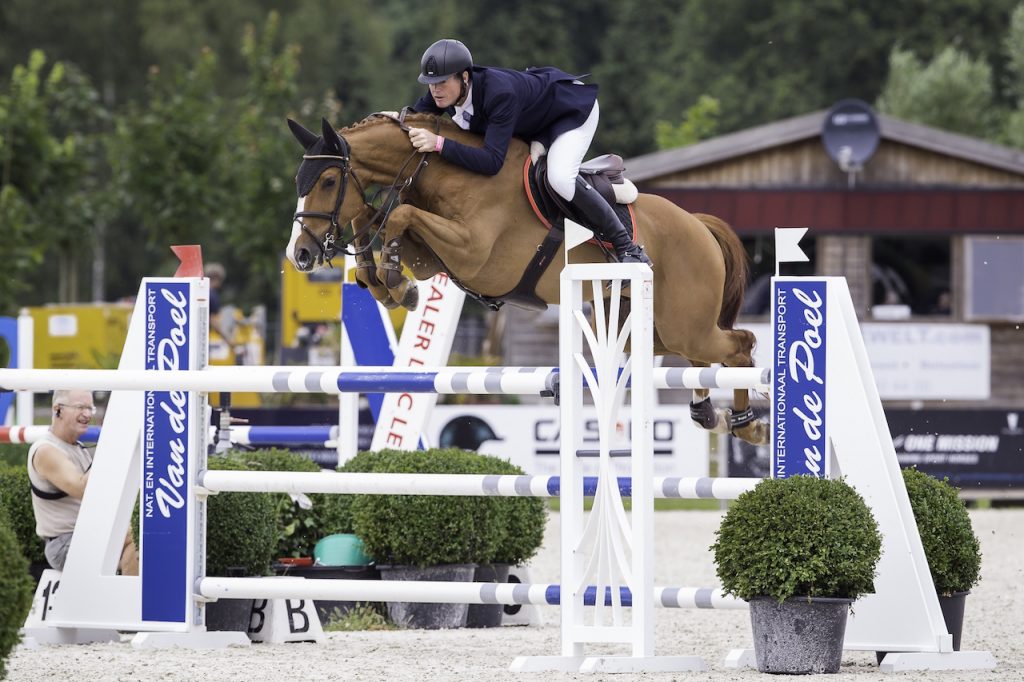
Bruce’s health overhaul
Bruce is a huge tennis fan, and at the airport waiting to catch a flight a couple of years ago he picked up a copy of Novak Djokovic’s biography, Serve to Win.
In it, he learned of the life-changing discovery that lead to Novak transforming his diet in 2010, eliminating gluten (a protein found in wheat and other grains) and dairy products. From being a player with suspect fitness, who often collapsed on court mid-match, Novak became arguably the greatest athlete in world tennis, combining stamina and strength with extraordinary speed.
Though not easy for a Kiwi lad who admits he was fond of beer and pies, Bruce decided to give a new, clean way of eating a go. No more bread, pasta or pastries, plenty of high quality protein and vegetables, and as little sugar as possible.
He also started running three or four times a week, and makes the time to stretch his muscles thoroughly.
He dropped 10kg in the first five weeks, and hasn’t looked back.
“I’ve got much better energy levels during the day, I’m sharper and fresher with better concentration, and I’ve got a lot less back pain – no more crawling off to bed,” he says.
“Before I changed my diet, I used to notice real highs and lows in my energy level. I’m feeling so much better that I’ve decided to stay with it.”
It does mean a lot of preparation – Bruce and Ulrika are careful to take porridge oats and good supplies of healthy snacks, such as nuts, with them to shows, so as not to be tempted to grab a burger or a pastry. But it’s not like being on a ‘diet’, he says.
“It’s not like trying to be a monk – I’m still allowed a glass of wine, and I still eat a lot, but I eat healthy and now my horses have 10kg less to carry.”
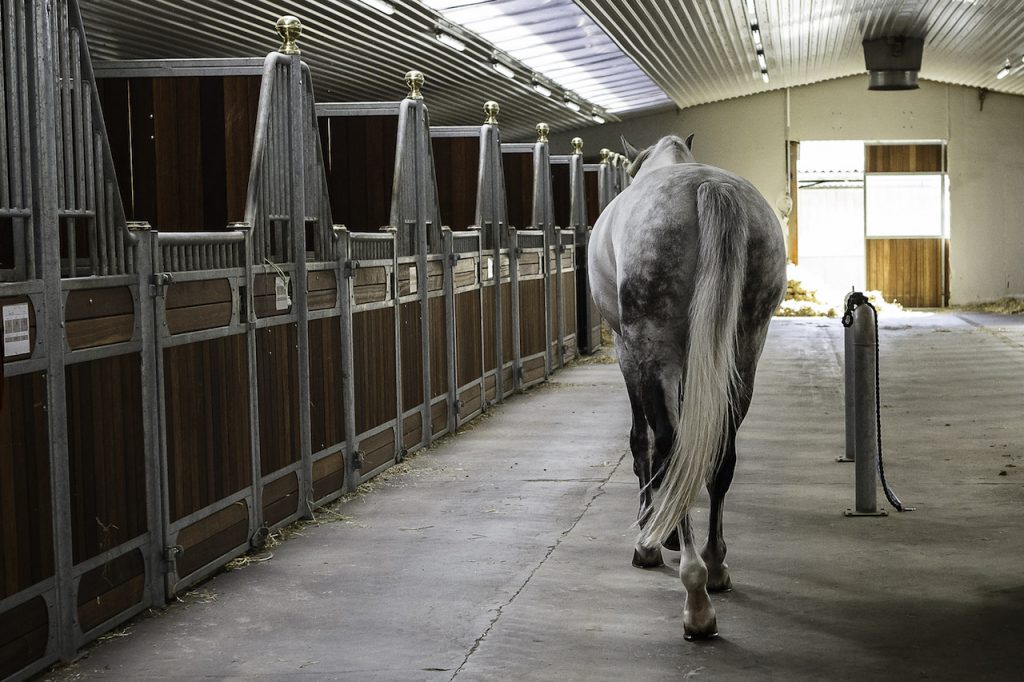
- This article was first published in the July 2016 issue of NZ Horse & Pony

